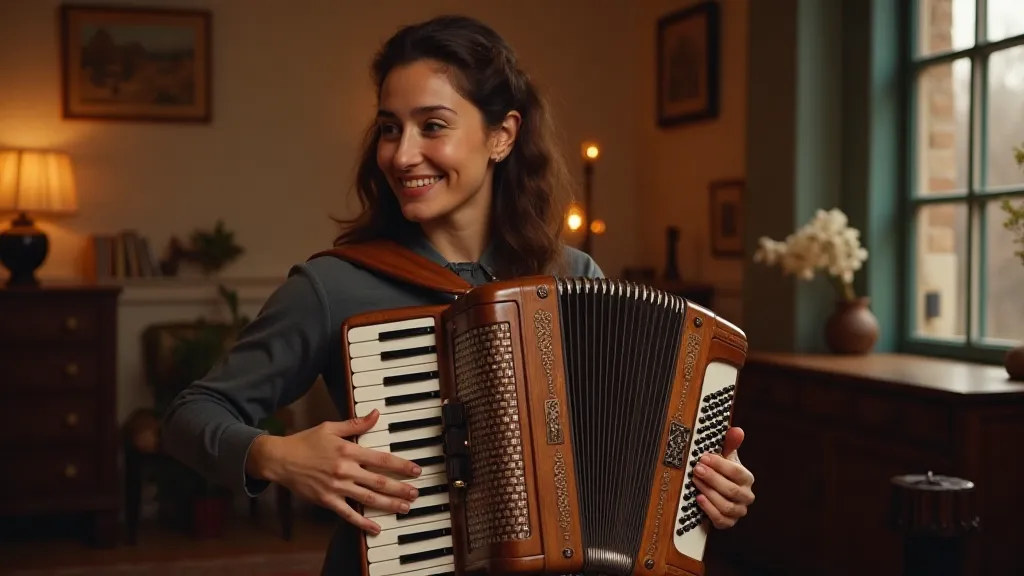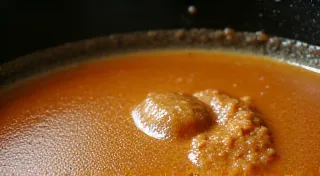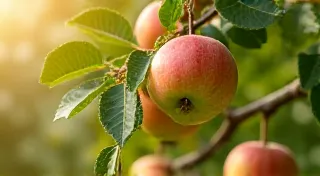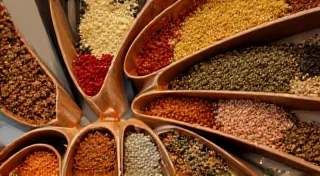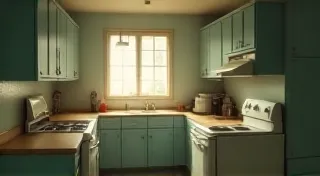The Emulsification of Narrative: Finding Harmony in Dissonance
There’s a peculiar beauty in the act of combining what seems irreconcilable. Think of oil and water – fundamentally opposed, destined to separate. Yet, with a little skill, a bit of intervention – an emulsifier, if you will – they can coalesce, creating something unexpectedly unified and, dare I say, delicious. This principle, this very act of finding harmony in dissonance, resonates deeply within culinary arts and, surprisingly, within the world of antique accordions.
My first encounter with an accordion wasn’t a joyous fanfare. It was a melancholic sigh escaping from a dusty attic, a forgotten heirloom in my grandmother’s house. The bellows were cracked, the keys stubbornly unresponsive, and the overall impression was one of neglect. It felt…broken. I didn't understand why my grandmother, a woman of unwavering elegance and sharp wit, would hold onto something so seemingly forlorn. It took years, and a burgeoning interest in both culinary arts and the intricate history of handcrafted objects, for that initial perception to shift.
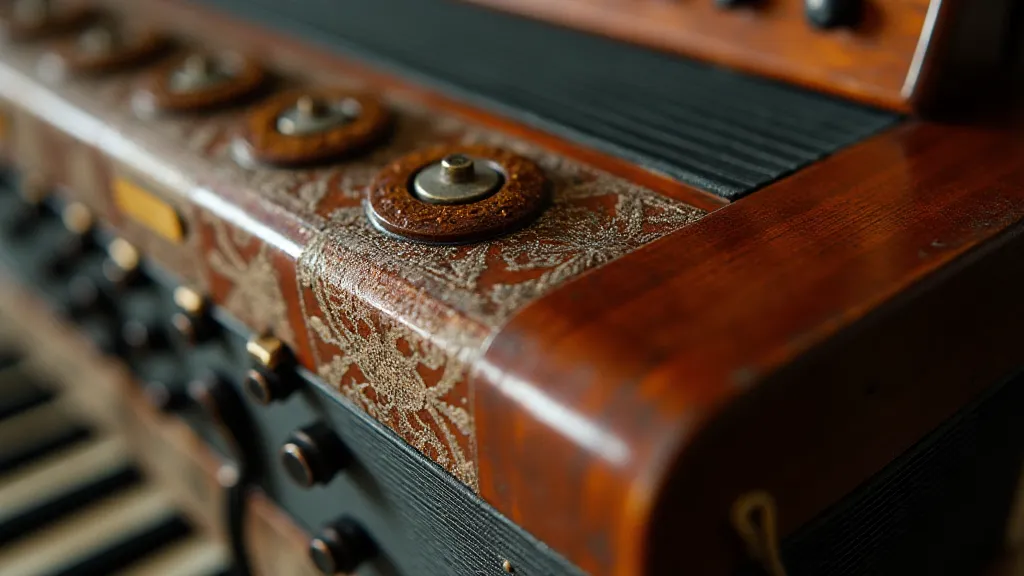
The Craft of the Accordion: More Than Just Buttons and Keys
The accordion, in its various forms, isn't merely an instrument. It’s a testament to human ingenuity, a marriage of mechanics and music that spans centuries and continents. The modern accordion’s lineage can be traced back to the silesian harmonium of the early 19th century, rapidly evolving through the work of Cyrill Demian and others who refined its design and incorporated chromatic button systems. Unlike a piano, which relies on hammers striking strings, the accordion creates sound by vibrating reeds, each painstakingly tuned and controlled by the player’s movements. It's a dance between breath and button, a physical and emotional expression that demands both technical skill and a profound connection to the music.
Consider the craftsman who built these early accordions. Their lives were inextricably linked to the instrument's creation. They were cabinetmakers, metalworkers, reed makers, bellows specialists – each contributing their expertise to a complex whole. The reeds, for instance, are often made of brass or steel, painstakingly shaped and tempered to produce a specific tone. A single accordion might contain hundreds of these reeds, each requiring meticulous adjustment to ensure perfect intonation. The bellows, the heart of the instrument, are crafted from durable fabric, often reinforced with leather, and meticulously stitched to create an airtight seal. A faulty bellows means a silent, lifeless machine. This level of detail, of deliberate intention, mirrors the dedication a chef pours into a complex sauce. A hollandaise, for example, demands constant attention; a single lapse can result in a curdled, unusable mess.
Finding the Flavor: Restoration and the Echoes of the Past
Restoring an antique accordion isn’t just about replacing broken parts. It's about understanding the original intention, respecting the history embedded within the wood and metal. It's akin to reviving a cherished family recipe that’s been passed down through generations. You can follow the instructions meticulously, but true revitalization comes from understanding *why* those instructions were given in the first place. What were the conditions? What flavors were they trying to capture?
My own journey into accordion restoration began with a simple desire to revive that forgotten instrument from my grandmother’s attic. I watched countless videos, read countless articles, and slowly, painstakingly, began to replace the damaged parts. The bellows were the first challenge, requiring hours of careful stitching and meticulous application of glue. Then came the keys, many of which were stuck or missing. Each repair felt like uncovering a piece of the accordion’s story, a silent narrative of dances and celebrations, of laughter and tears.
The process isn's always pretty. There are moments of frustration, of setbacks, when it feels like you’re battling a force greater than yourself. But those moments, those challenges, are just as crucial as the successes. They teach you patience, resilience, and a deeper appreciation for the original craftsmanship. Just as a chef learns to adapt a recipe based on available ingredients and evolving tastes, a restorer must be flexible and resourceful, finding creative solutions to unexpected problems. The goal isn't necessarily to return the instrument to its original condition, but to preserve its essence, its spirit, allowing it to continue to resonate with future generations.
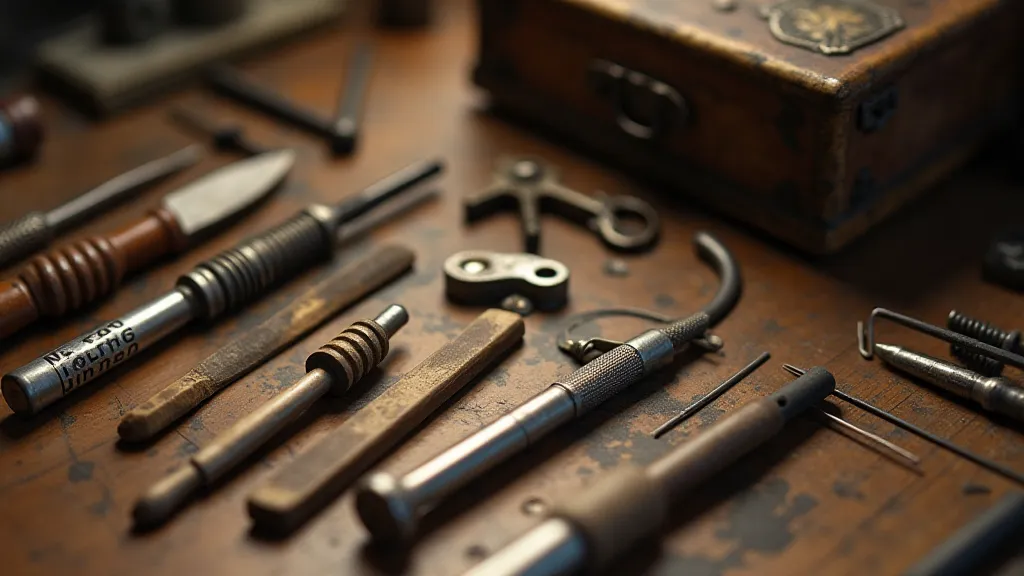
The Emulsification in Action: Harmony from Disparate Elements
The beauty, I’ve come to realize, lies not in the individual components of an accordion – the reeds, the keys, the bellows – but in their harmonious interaction. It's the emulsion of seemingly disparate elements, much like the creation of a perfect béchamel sauce – flour, butter, and milk, three fundamentally different ingredients transformed into something creamy, rich, and utterly satisfying. An accordion that’s out of tune, with stiff bellows or unresponsive keys, is like a sauce that has curdled – a disappointing failure of potential.
Similarly, in culinary arts, a complex dish often relies on the skillful blending of contrasting flavors – sweet and savory, spicy and cooling, acidic and fatty. A perfectly balanced dish is more than the sum of its parts; it’s a harmonious whole that tantalizes the senses and evokes emotion. The accordion, in its restored and played form, becomes that same embodiment of harmony, its music capable of stirring deep emotions and transporting listeners to another time and place.
My grandmother, I now understand, wasn’t clinging to a broken instrument. She was holding onto a memory, a connection to her past, a tangible representation of her family’s heritage. And through the act of restoring that accordion, I’ve not only revived an instrument, but I’ve also deepened my own understanding of craftsmanship, history, and the enduring power of human creativity. The dissonance of a neglected heirloom has been transformed into a harmonious resonance, a testament to the beauty that can be found in the act of skillfully blending what seems irreconcilable.
